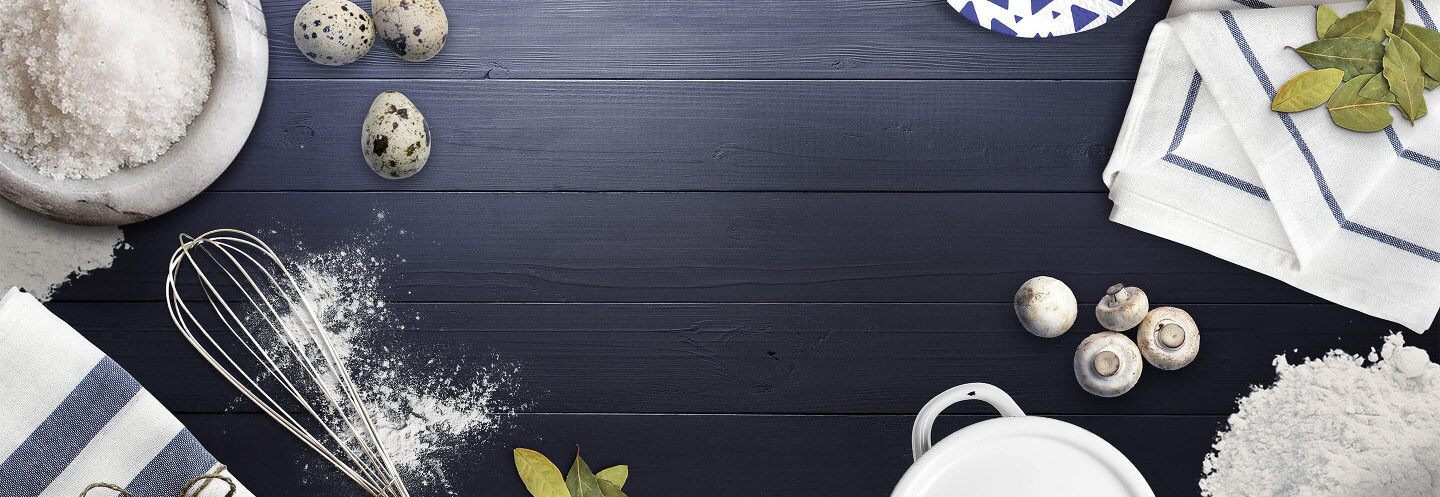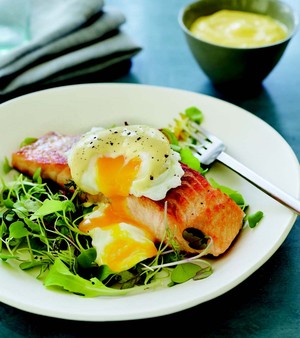https://www.copymethat.com/r/pvSlMxorV/seared-salmon-benedict/
5737045
TKlKmTp
pvSlMxorV
2024-11-14 14:52:15
Seared Salmon Benedict
loading...
X
Servings: 2
Servings: 2
Ingredients
- 2 salmon fillets (5 ounces each), skin
- removed
- 1 teaspoon salt
- ½ teaspoon black pepper
- 3 tablespoons cooking fat
- 2 large eggs, poached
- ½ cup hollandaise (recipe in Sauces)
- 1 pinch cayenne peppe
Steps
- PREHEAT the oven to 350°F.
- SEASON both sides of salmon evenly with the salt and
- pepper. In a large oven-safe skillet, heat the cooking fat
- over medium-high heat, swirling to coat the bottom of the
- pan. When the fat is hot, add the salmon fillets skinned-side
- down. Sear the salmon until you see the edges start to pull
- away from the pan, 3 to 4 minutes. Slide a metal spatula
- under each fillet and turn. (If they are ready, they will come
- off with little effort, so don’t rush this step! If the fillets
- don’t readily release, allow another minute before turning
- them over.)
- TRANSFER the pan to the oven and bake for 5 to 7 minutes,
- until white “curd” protein starts to show on the sides
- of the salmon. Check often, as thinner salmon will cook
- faster. Transfer the cooked salmon to a plate.
- PLACE the poached eggs over the salmon fillets and
- drizzle evenly with the hollandaise. Top with a dash or two
- of cayenne pepper and black pepper.
Notes
- Pages refer to the Whole 30 Cookbook
- SKINNING SALMON To remove the skin from salmon,
- place the fillet skin-side down on a flat surface. Pressing
- gently on the top of the fillet to hold it in place, slide a sharp
- knife between the skin and the flesh closest to your body.
- While holding on to the flap of skin you just created, slide
- the knife away from you, separating the skin from the flesh.
- Discard the skin. Most fish markets and health food stores will
- skin your fish for you, so feel free to ask your fishmonger for
- this service before he wraps up your purchase.
- it’s important that the fat be very hot to
- properly sear fish. To test, toss in a few
- grains of sea salt, or a small piece of
- your ingredients (like a bit of garlic or a
- small square of onion). if it sizzles, your
- pan is ready! You can also stick the end
- of a chopstick or a wooden spoon into
- the oil. if bubbles form around the wood,
- you’ve reached the right temperature.




